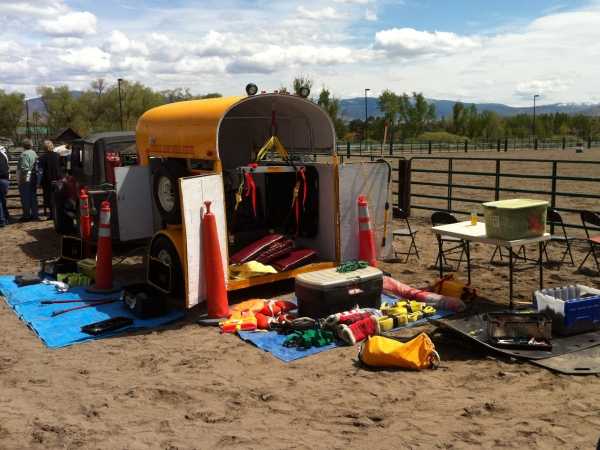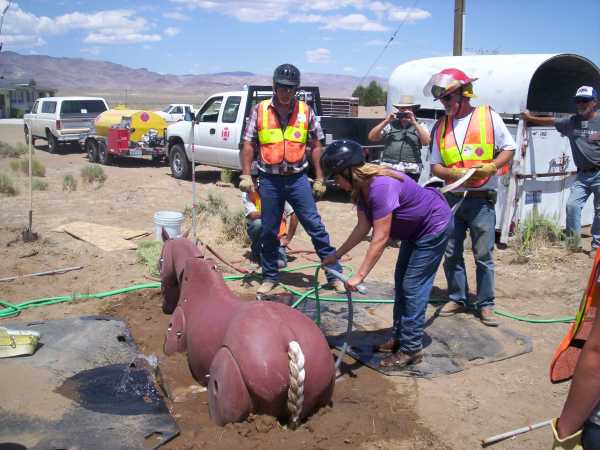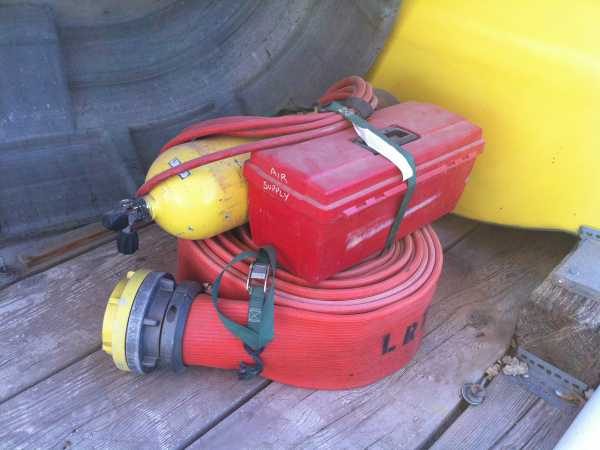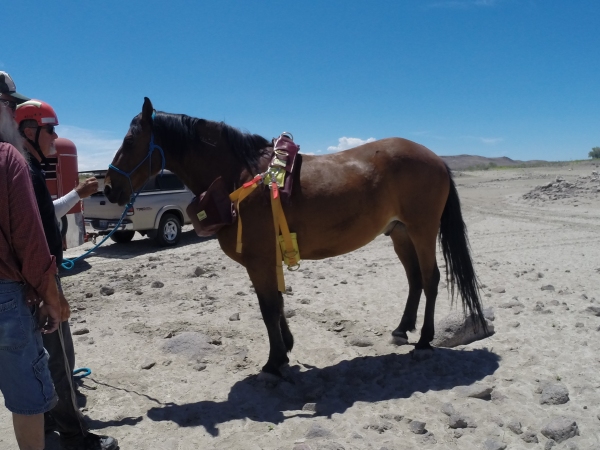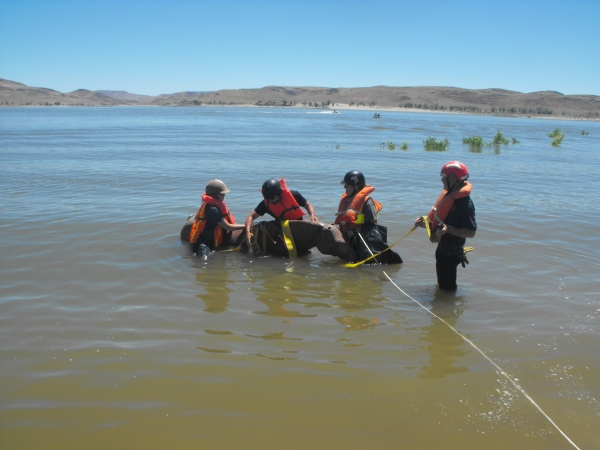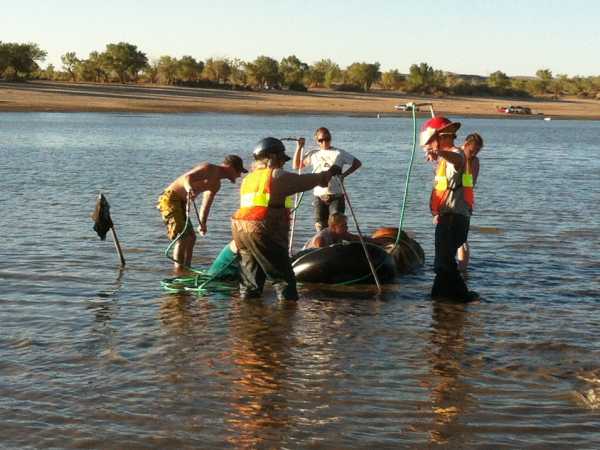
|
Least Resistance Training Concepts
|

|

|
An explanation as to the context of this document appears in Part One.
|
| 7. Technical Rescue & Safety Equipment |
|
While many large animal owners tend to "make do" with whatever resources they may have at hand when confronted with a problem, technical rescue responders should utilize equipment designed to minimize injury and risk to the animal(s) being rescued, rescuers and bystanders.
A trapped or downed animal must be able to be restrained, extricated and removed without the rescuers having to move into the "kill zone" of potentially flailing hooves, biting teeth, etc. Utilizing tools that allow greater reach and becoming competent in handling those tools are key elements to improving the odds of a successful operation.
Some of the hand tools involved in technical large animal rescue.
|
Continue to Human Subjects / Trailer Accidents
Return to Flood Evacuation Responses
Return to Information Sheets and Resource Guides
Return to Sample Incident Responses
Return to LRTC TLAR / EVAC Page

The training information presented in these information sheets and guides is offered for illustrative and volunteer refresher purposes only. It is not a substitute for actual hands-on training. |



